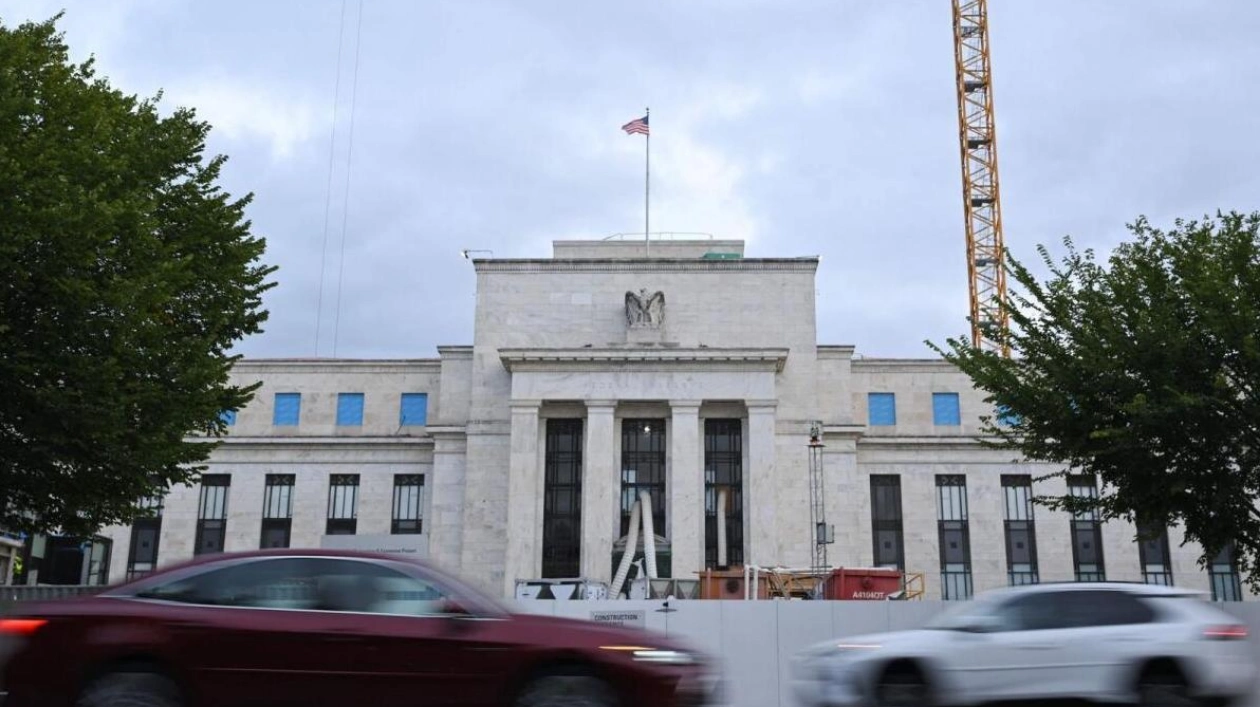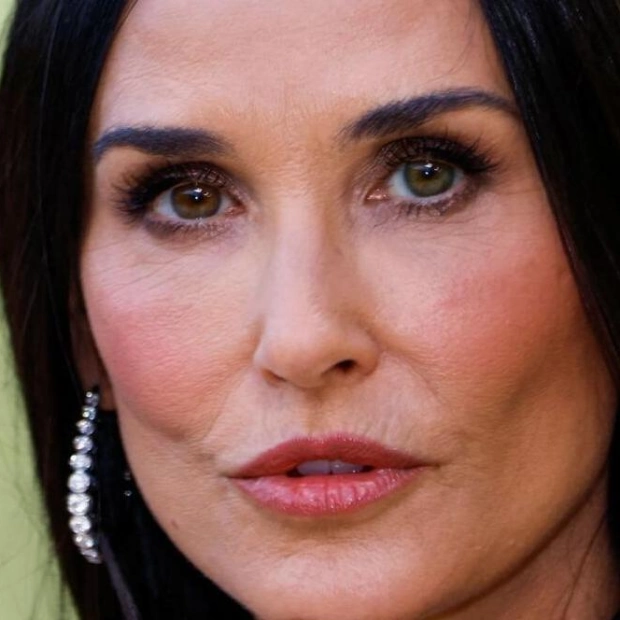Uncertainty surrounding the anticipated initial interest rate cut by the Federal Reserve on Wednesday has ignited a related discussion about the potential for an accelerated end to the central bank’s balance sheet reduction. Expectations for a half-percentage point cut have been gaining traction over a smaller quarter-point reduction in rate futures markets. If policymakers opt for the larger cut and express concerns about the economic outlook, the timeline for further quantitative tightening (QT) could be significantly shortened.
QT is primarily viewed as a liquidity management tool, distinct from the Fed’s interest rate policy, which aims to curb inflation without excessively harming the labor market. However, more aggressive interest rate cuts by the Fed might be perceived as contradictory to tighter liquidity, depending on the rationale behind the rate cuts. An imminent cessation of QT would mark a significant shift in the outlook for the central bank’s balance sheet. A survey conducted by the New York Fed in July found that major banks predicted QT would conclude in April next year, aligning with Fed officials’ signals that there was ample room to continue the process.
“If they ease rates by 50 basis points, I think the decision about the balance sheet becomes more complex,” said Patricia Zobel, former manager of the New York Fed’s monetary policy implementation group and current head of macroeconomic research and market strategy at Guggenheim Investments. Zobel noted that there is a possibility of an earlier end to QT if a larger cut is accompanied by economic concerns. For now, she anticipates a quarter-point cut and QT continuing along its current path.
The Fed currently targets the fed funds rate within a range of 5.2 to 5.50 percent. Matthew Luzzetti, an economist at Deutsche Bank, stated that a substantial rate cut combined with hints of more aggressive easing in the updated policymaker projections due on Wednesday would create a conflict between reducing rates and continuing to shrink the balance sheet. This could result in mixed signals about the Fed’s policy tools in such an environment. Bank of America analysts concurred that a half-point cut aimed at bolstering the economy would likely bring an early halt to QT.
The uncertainty over the rate cut hinges on whether the Fed will lower borrowing costs merely to normalize them in light of diminishing inflation. Some believe that a significant reduction or two could still align with this objective. However, the more pressing risk to the QT outlook is if interest rate policy adjusts due to heightened concerns about the labor market’s slowdown. The balance sheet’s clouded outlook comes after the QT process surpassed the two-year mark. The Fed more than doubled its holdings through purchases of Treasury bonds and mortgage-backed securities, peaking at $9 trillion, aimed at stabilizing markets and supporting the economy amid the COVID-19 pandemic.
The QT process began as the Fed shifted to rate increases to combat inflation, deciding that excessive accommodation was no longer necessary. So far, the drawdown has reduced Fed holdings by about $1.8 trillion, and in May, the Fed slowed its targeted monthly drawdown from $95 billion to the current limit of $60 billion. The Fed aims to maintain sufficient liquidity in the financial system to allow for normal short-term rate volatility and firm control over the fed funds rate. Discussions around ending QT have primarily focused on finding the optimal level of liquidity.
QT “is not going to be adjusted until the Fed thinks that they’ve made the transition from abundant reserves to ample reserves,” said William Dudley, who led the New York Fed until his retirement in 2018. “They don’t know exactly where, when that’s going to occur, but they are pretty confident they haven’t gotten there yet,” he added. Thus far, QT has operated largely in the background, with its impact on the market diminished as investors have already factored QT into longer-term borrowing costs, according to New York Fed President John Williams.
Meanwhile, former St. Louis Fed leader James Bullard, now dean of Purdue University’s business school, noted that QT and interest rate policy are currently aligned and can remain so even with rate cuts. “Even if you lower the policy rate somewhat, it will still be above everyone’s estimate of neutral, so you’d still be running a restrictive monetary policy with respect to the policy rate, and that complements the quantitative tightening part of the policy,” Bullard explained. When the funds rate reaches around neutral, Bullard suggested that it would be time to consider ending QT to better align the two policy tools. Analysts at research firm LH Meyer stated that any move to a fed funds rate of 3 percent or lower would be a trigger for ending QT.






